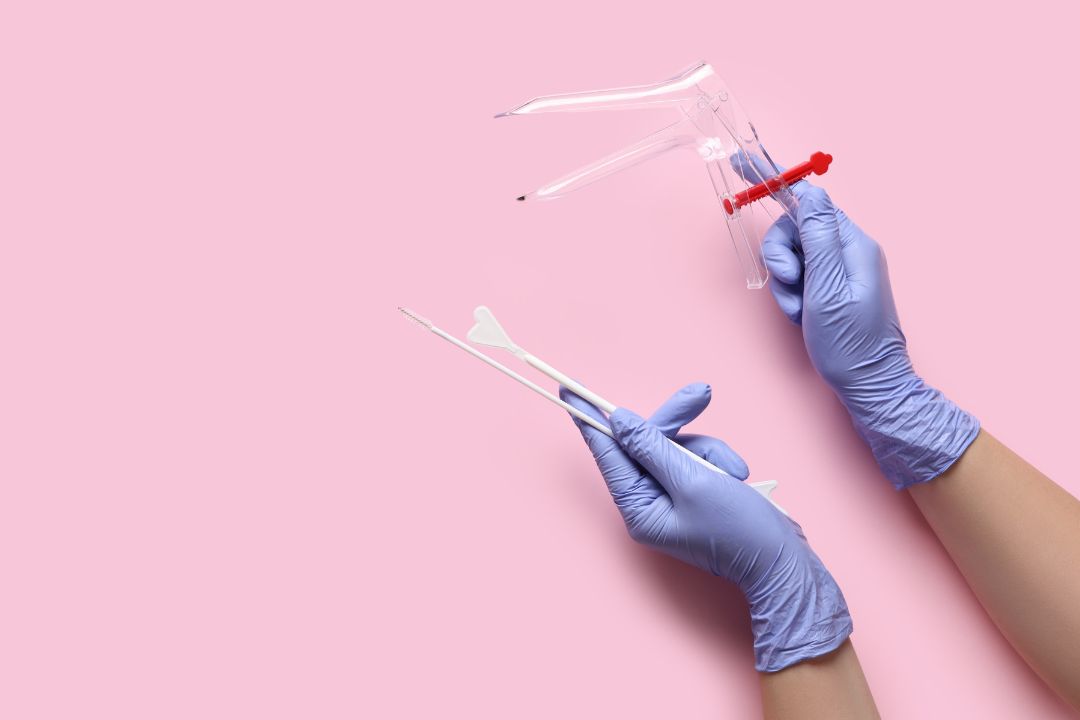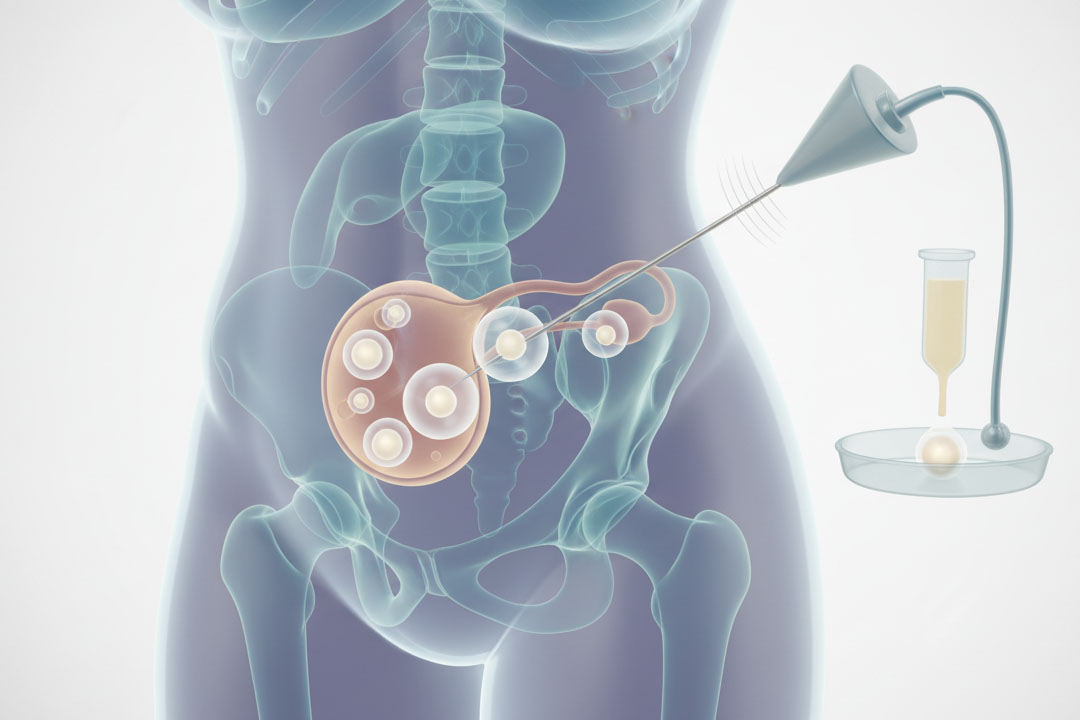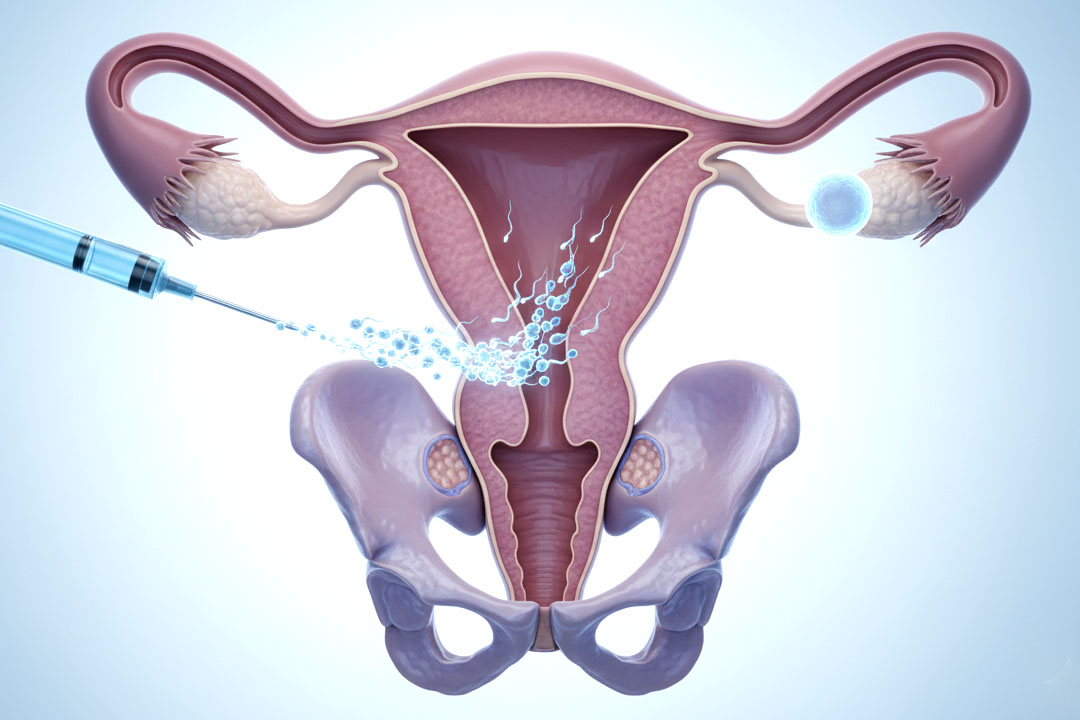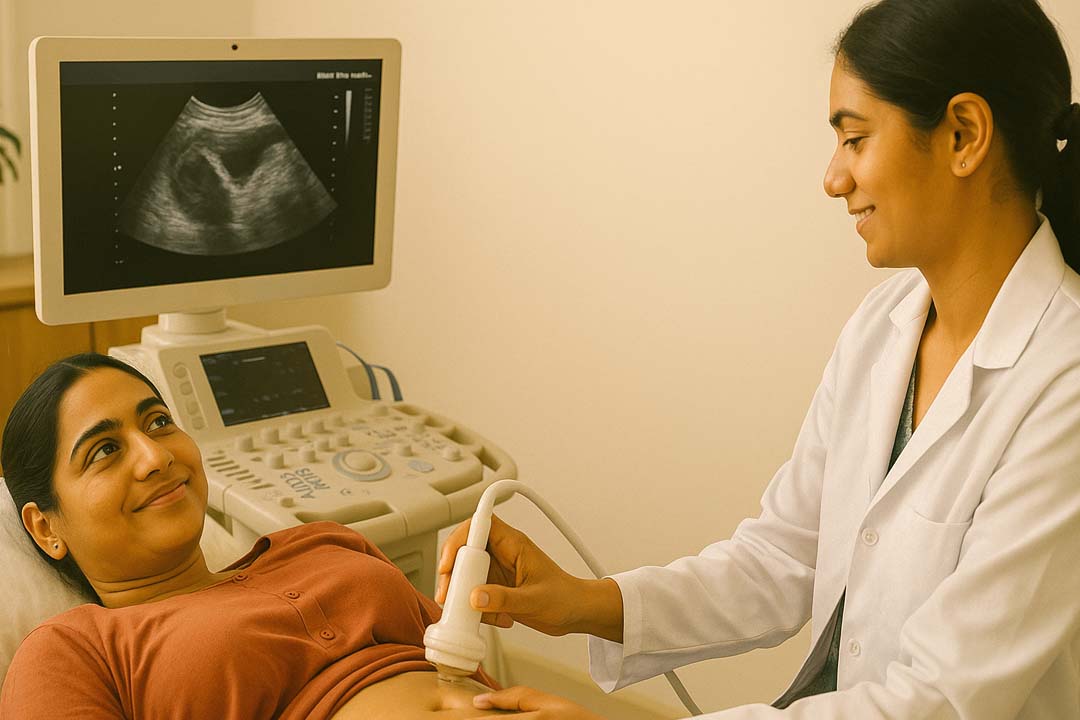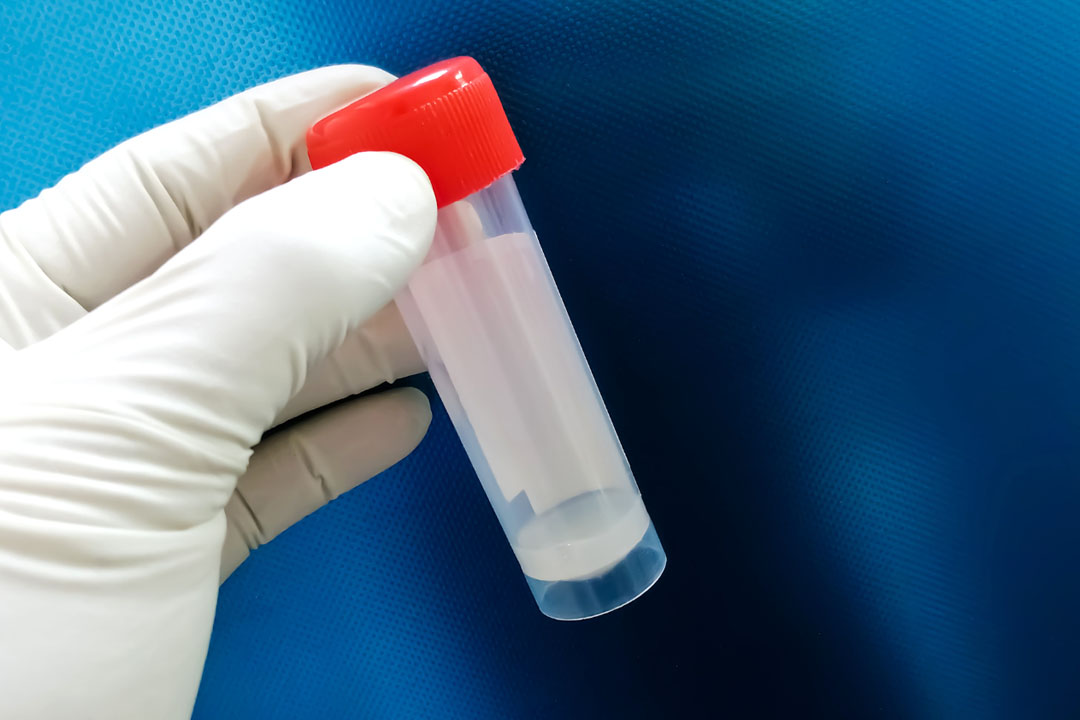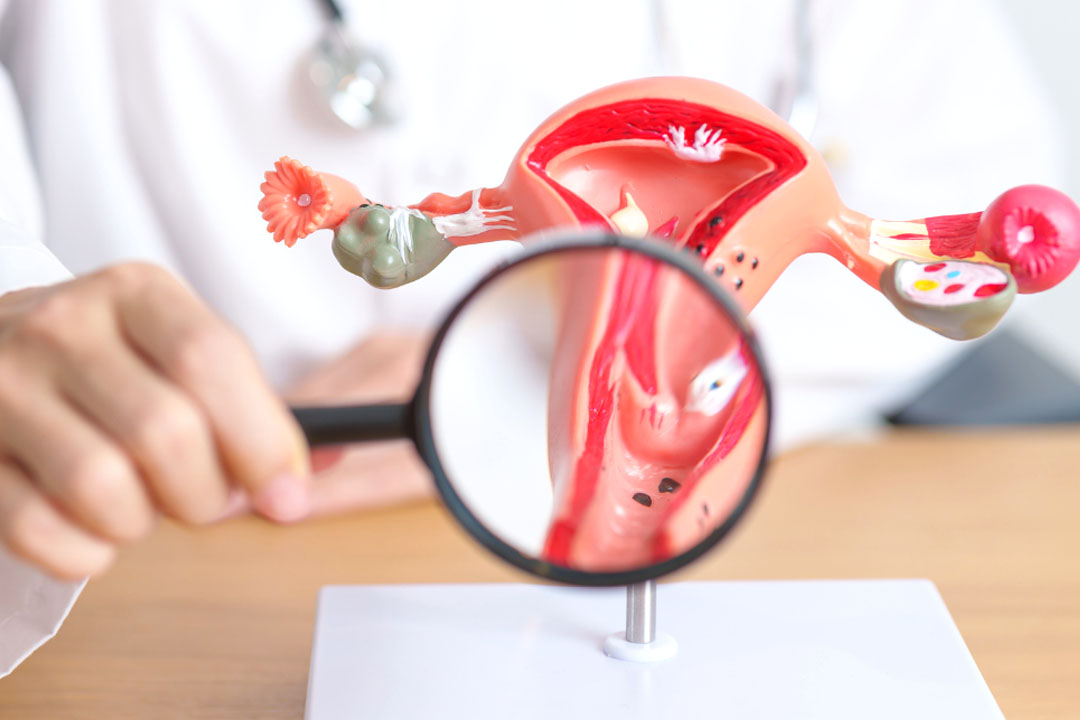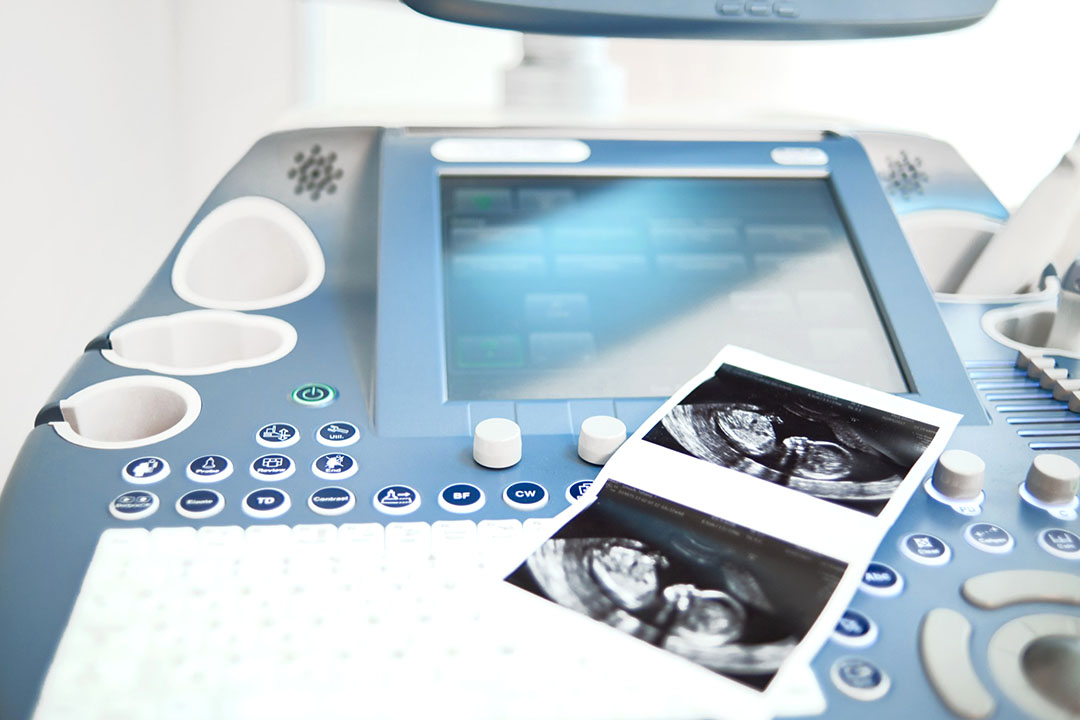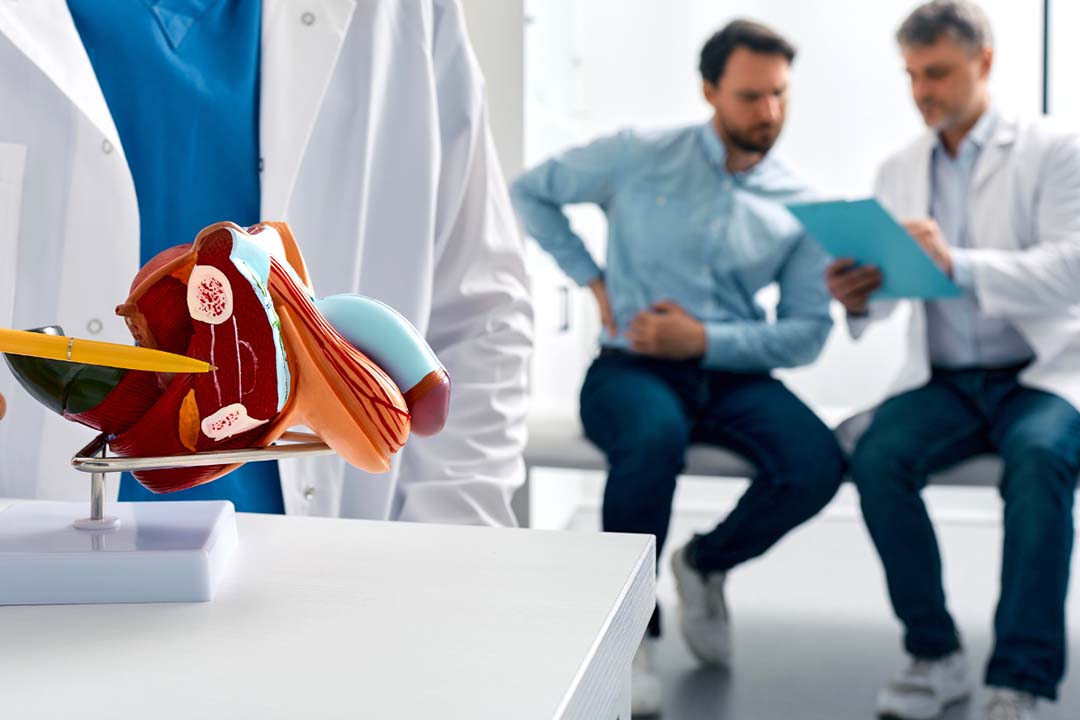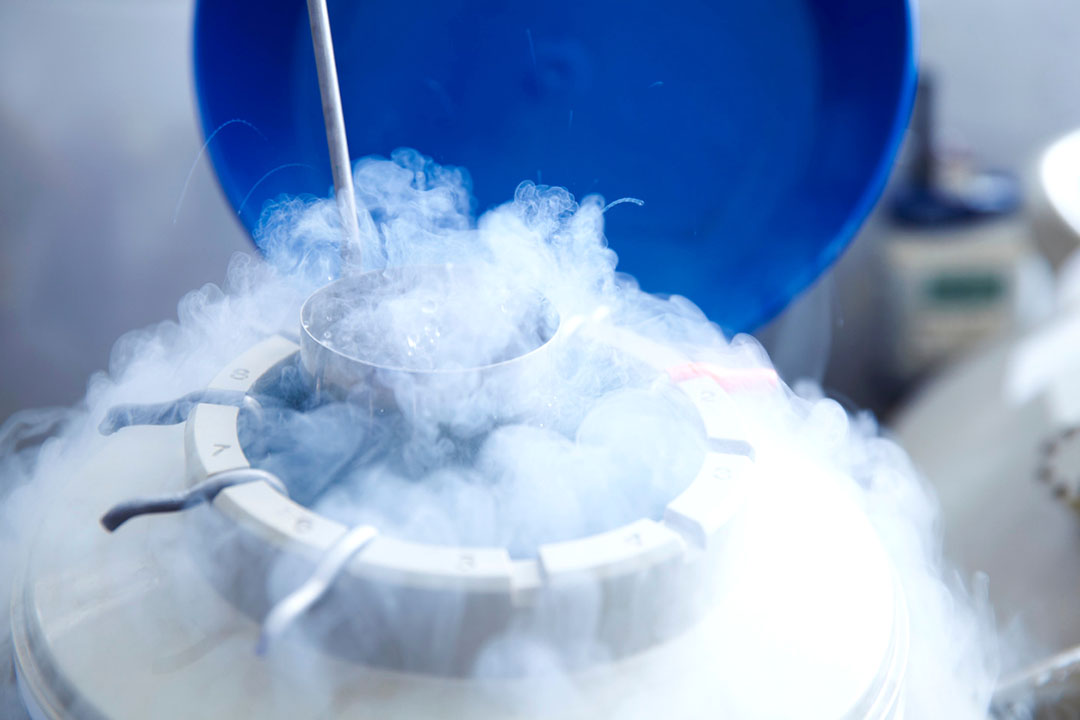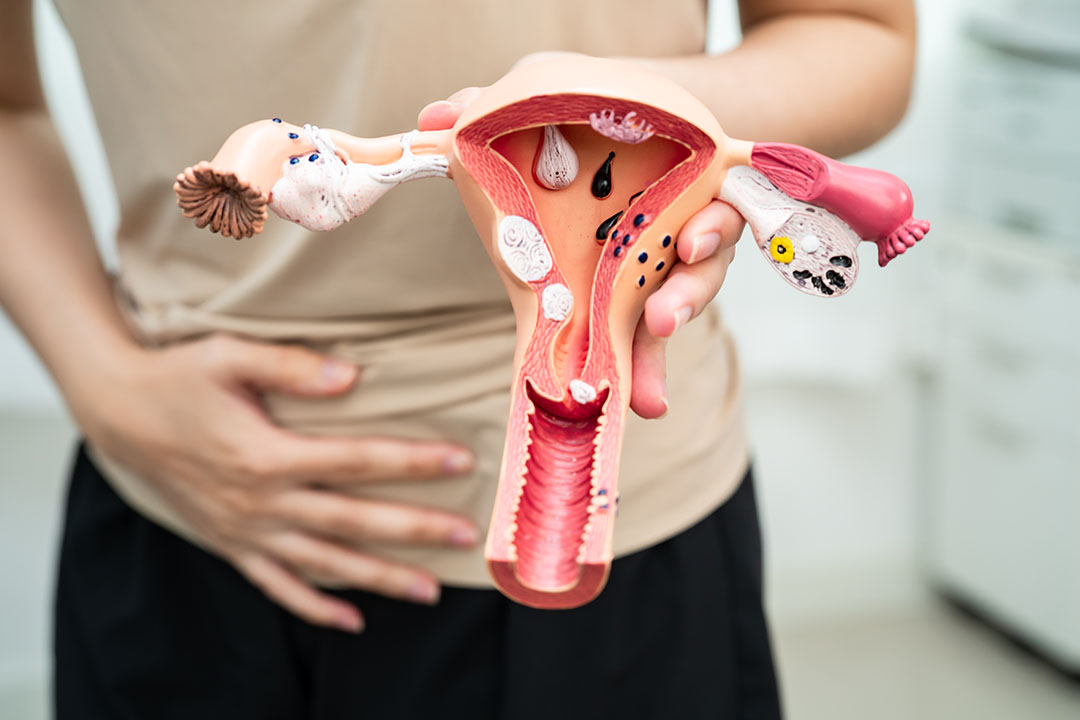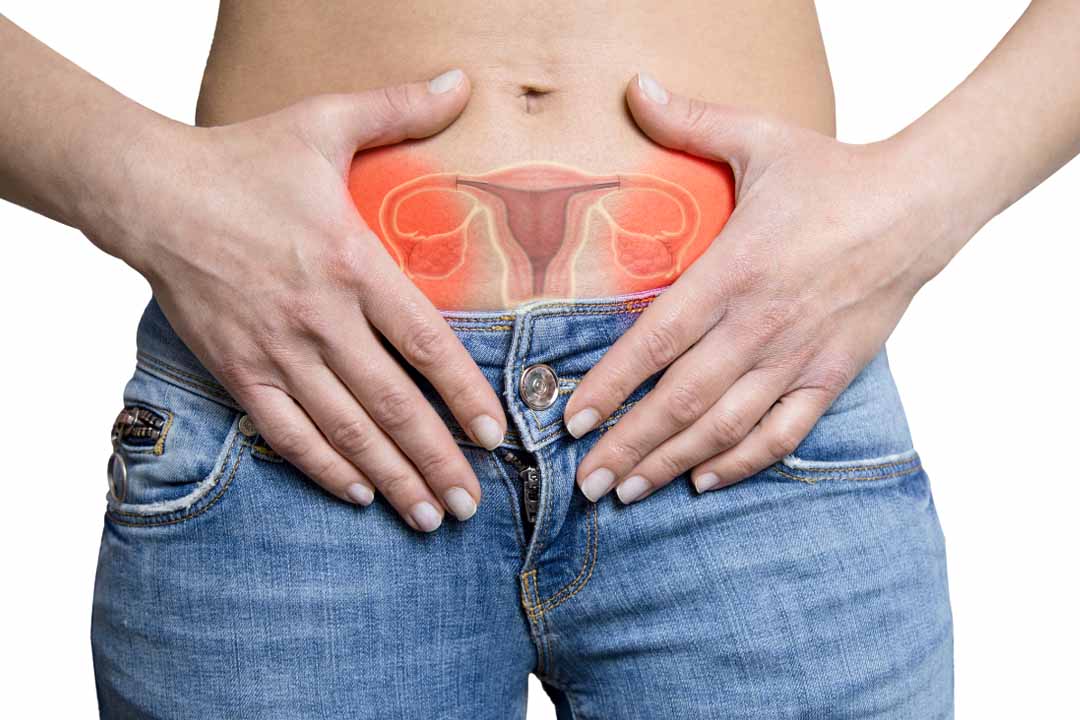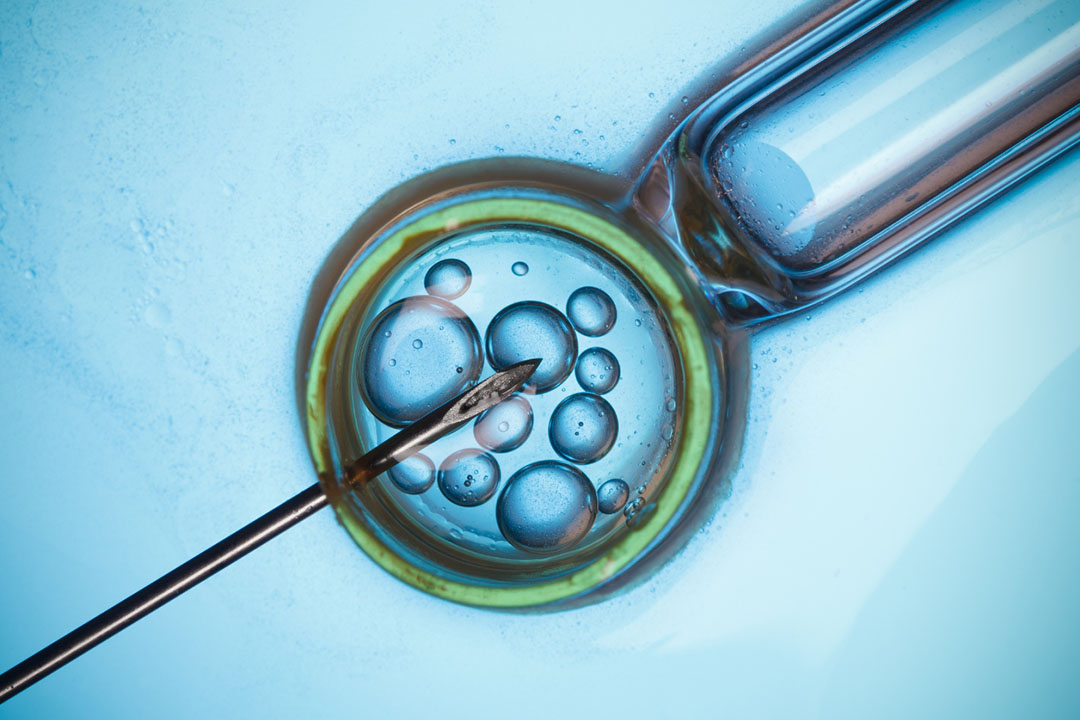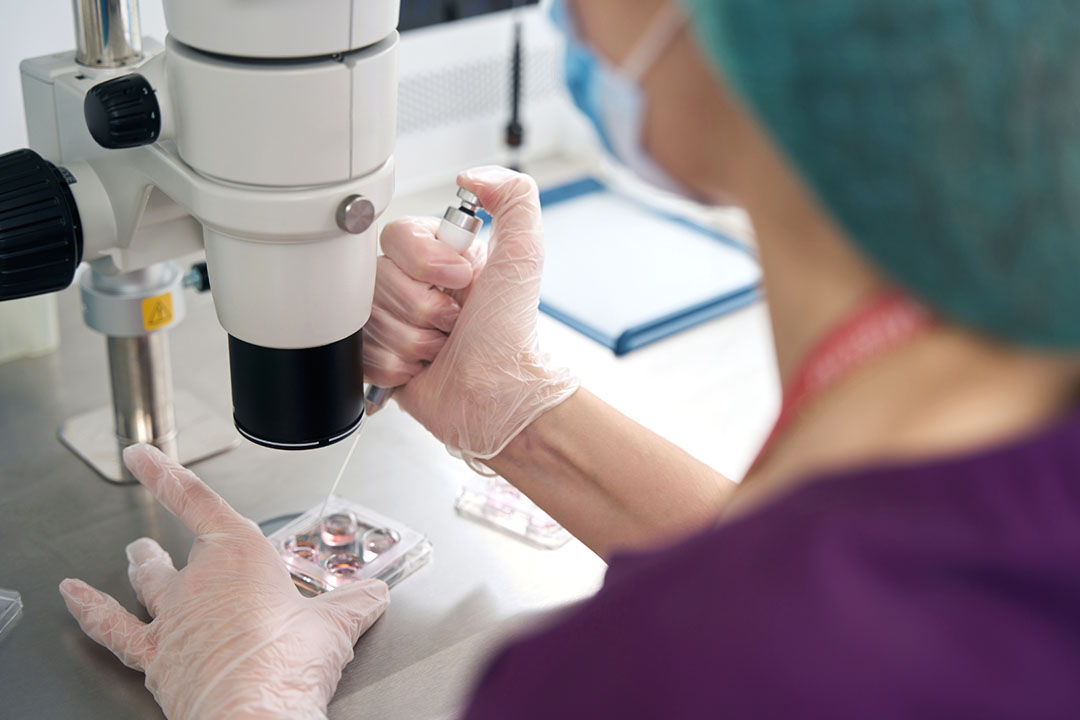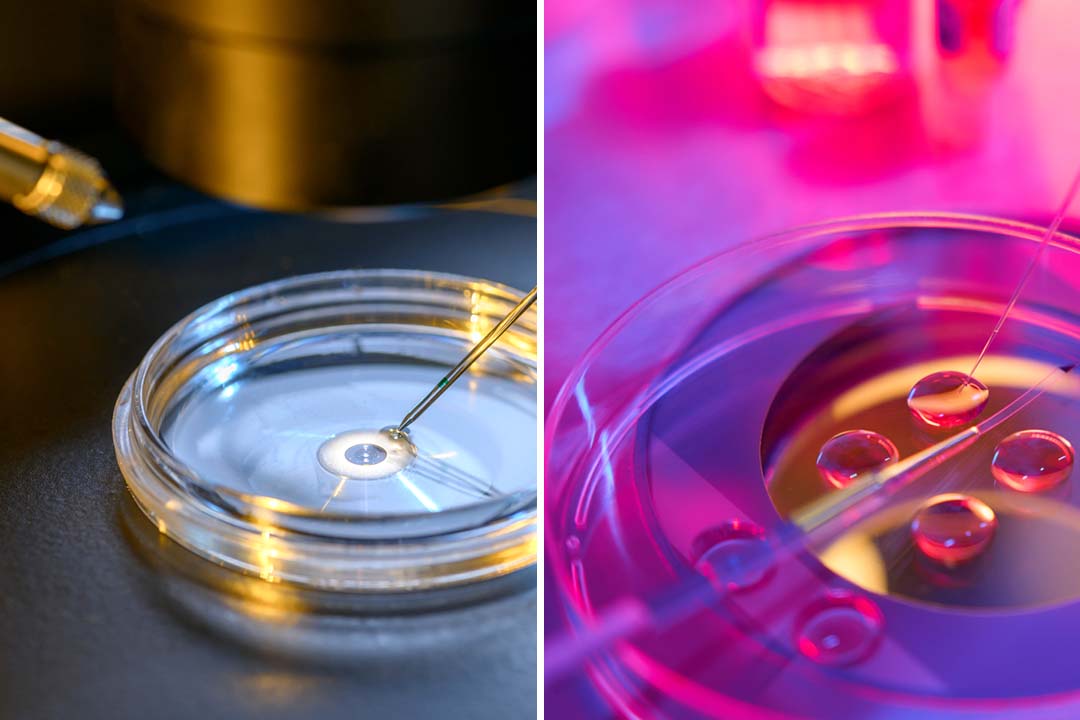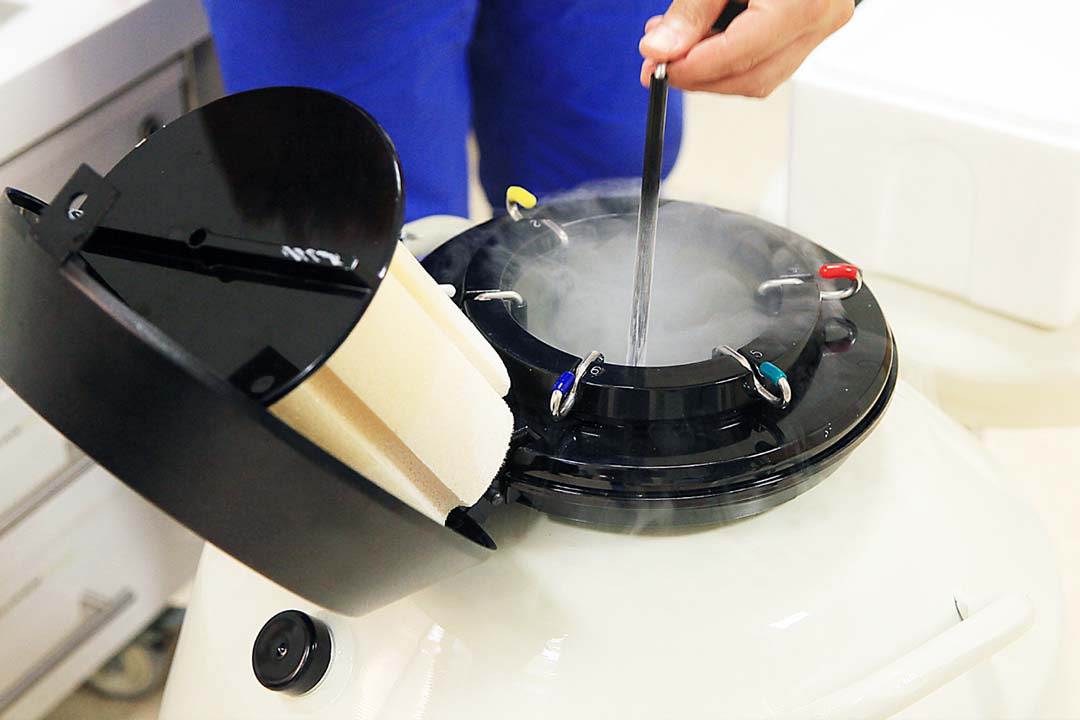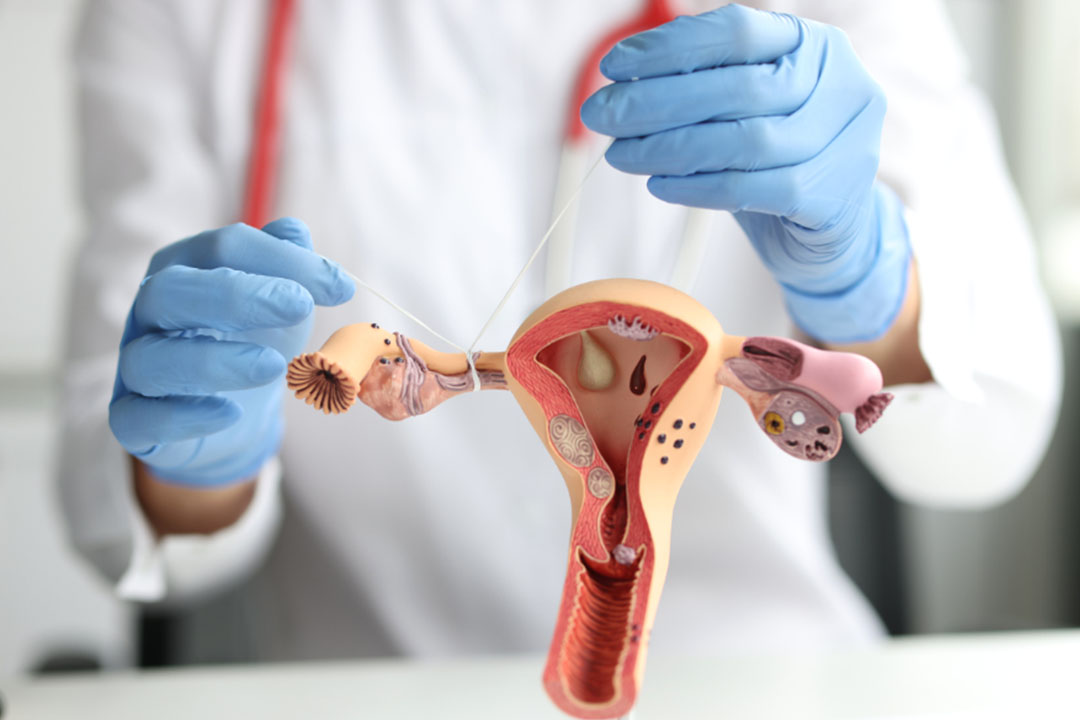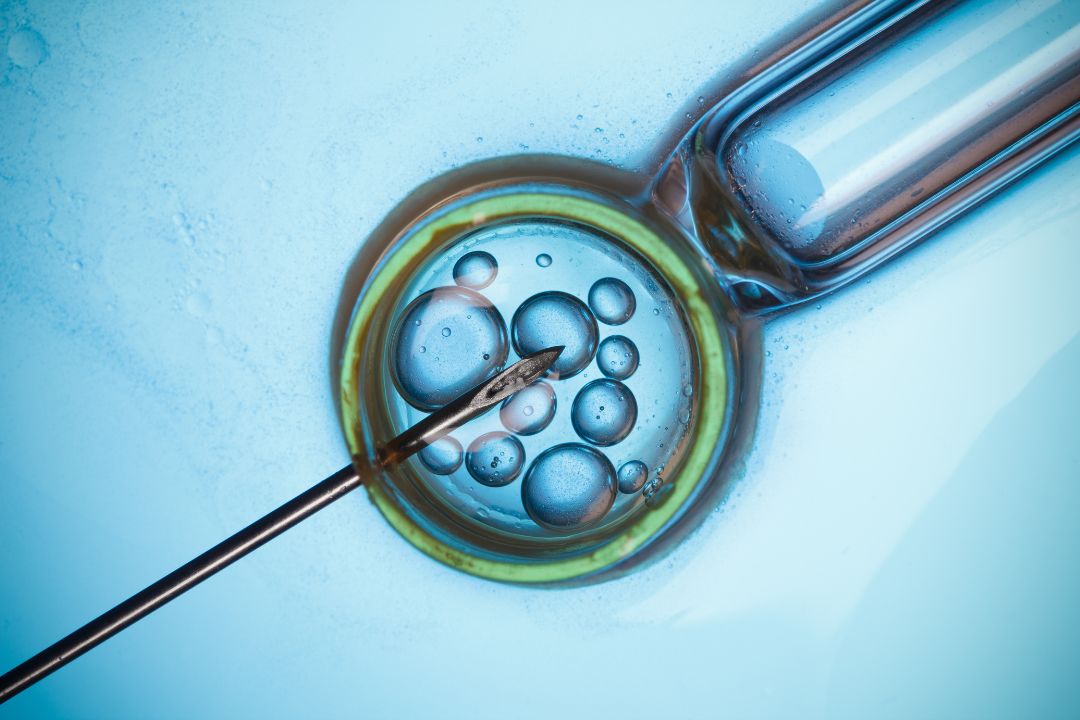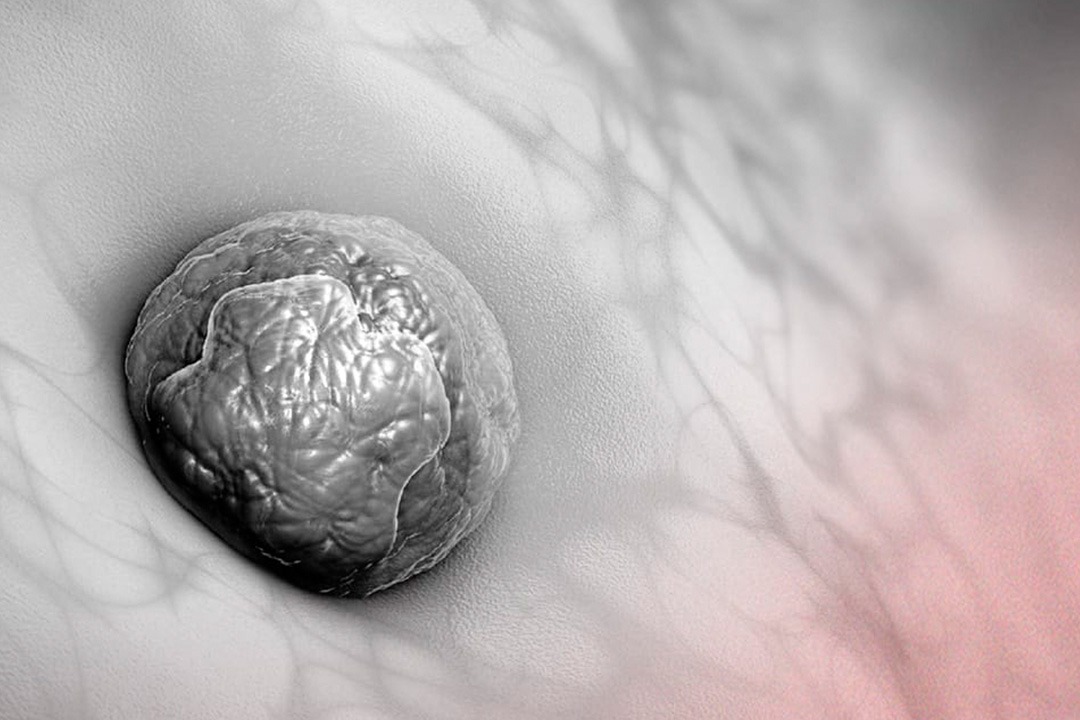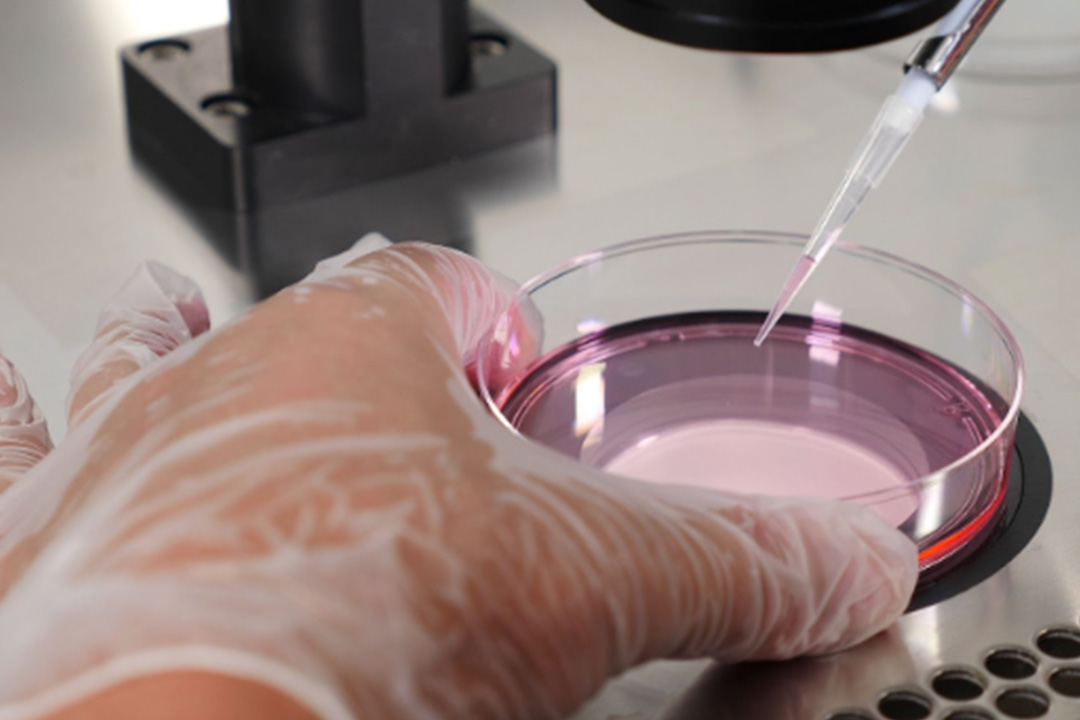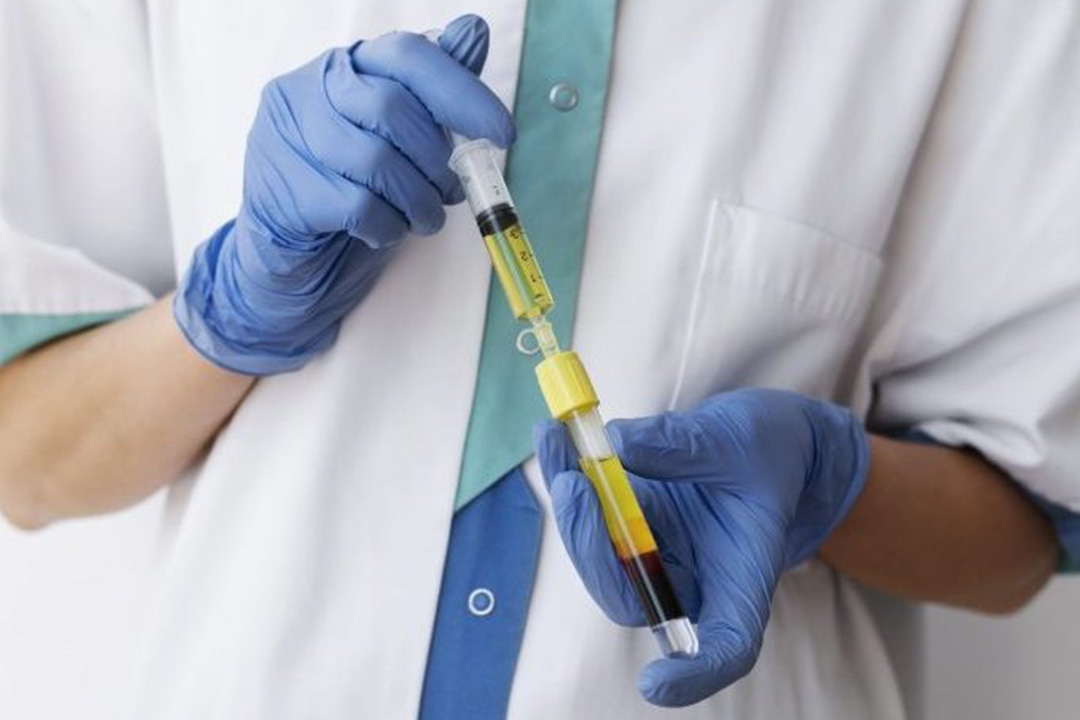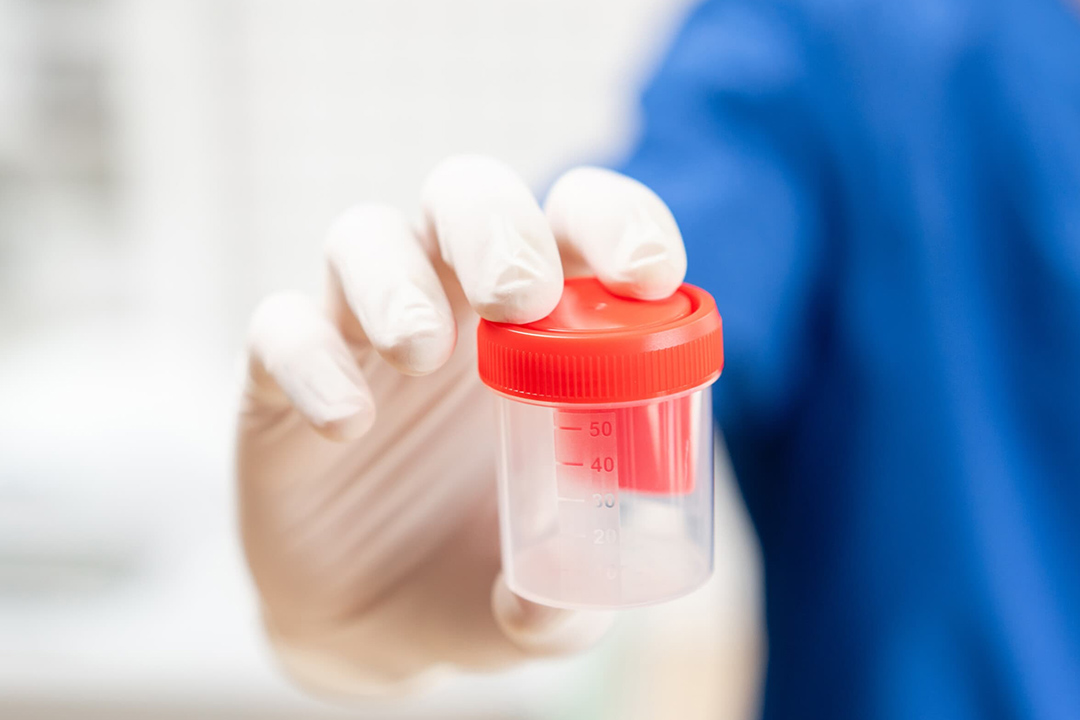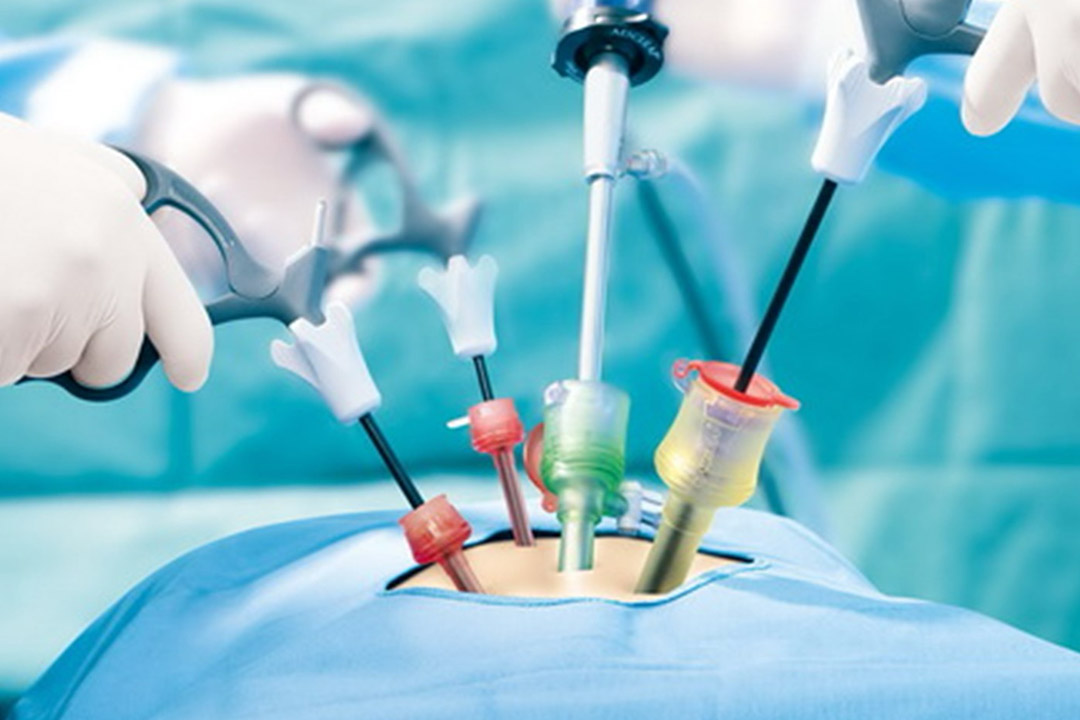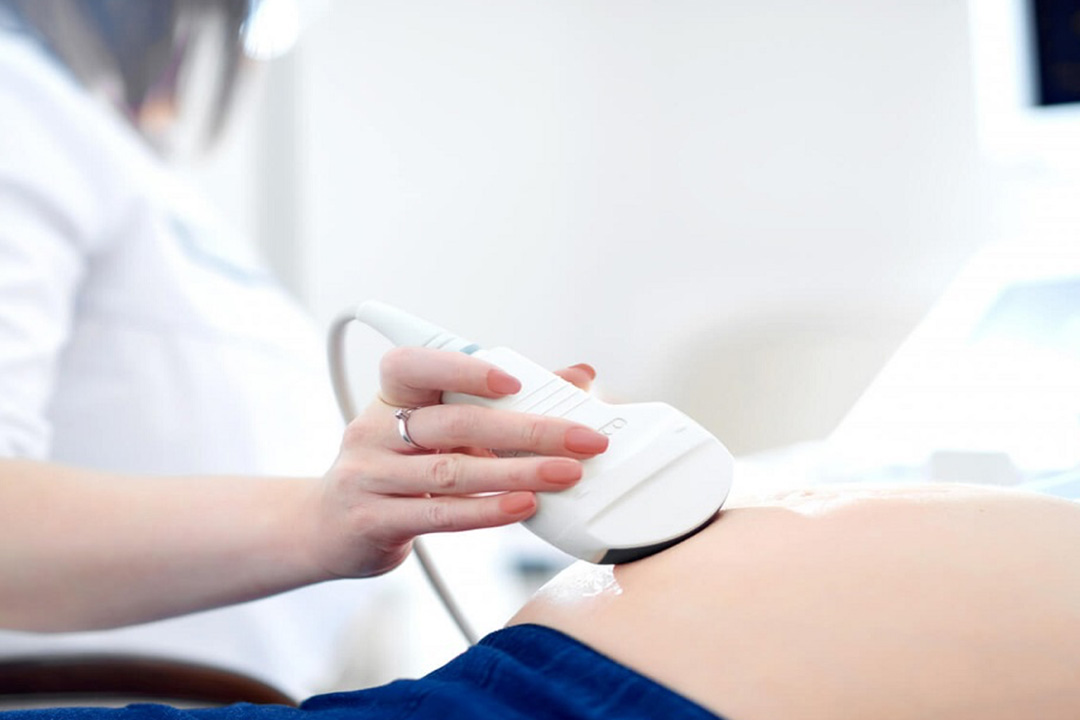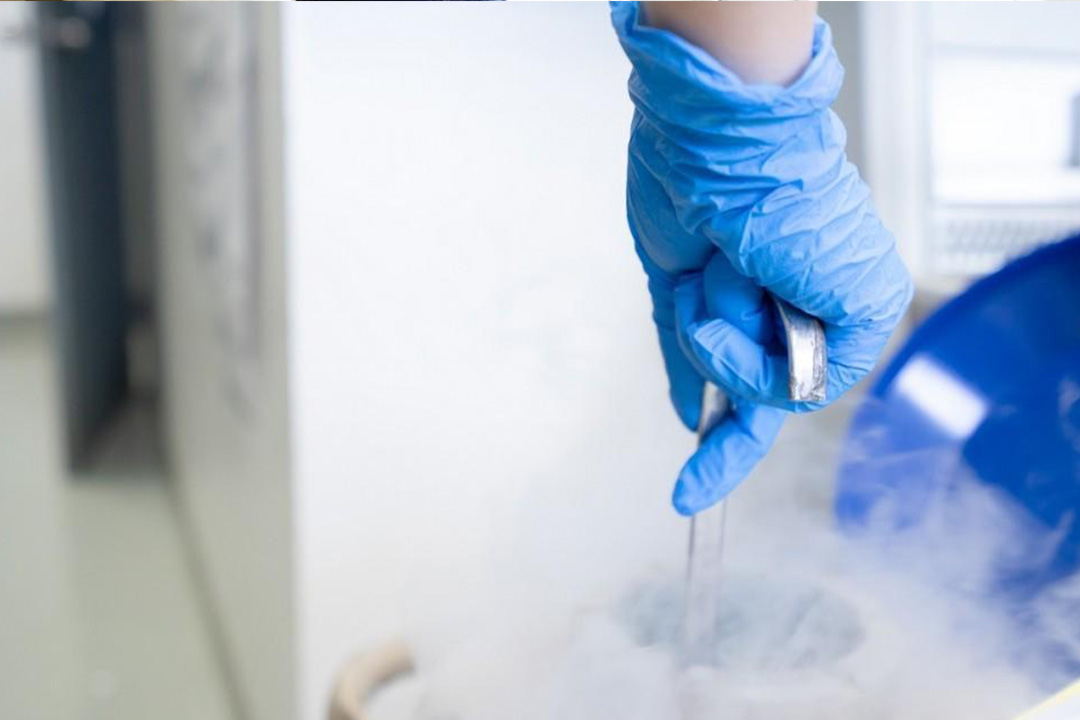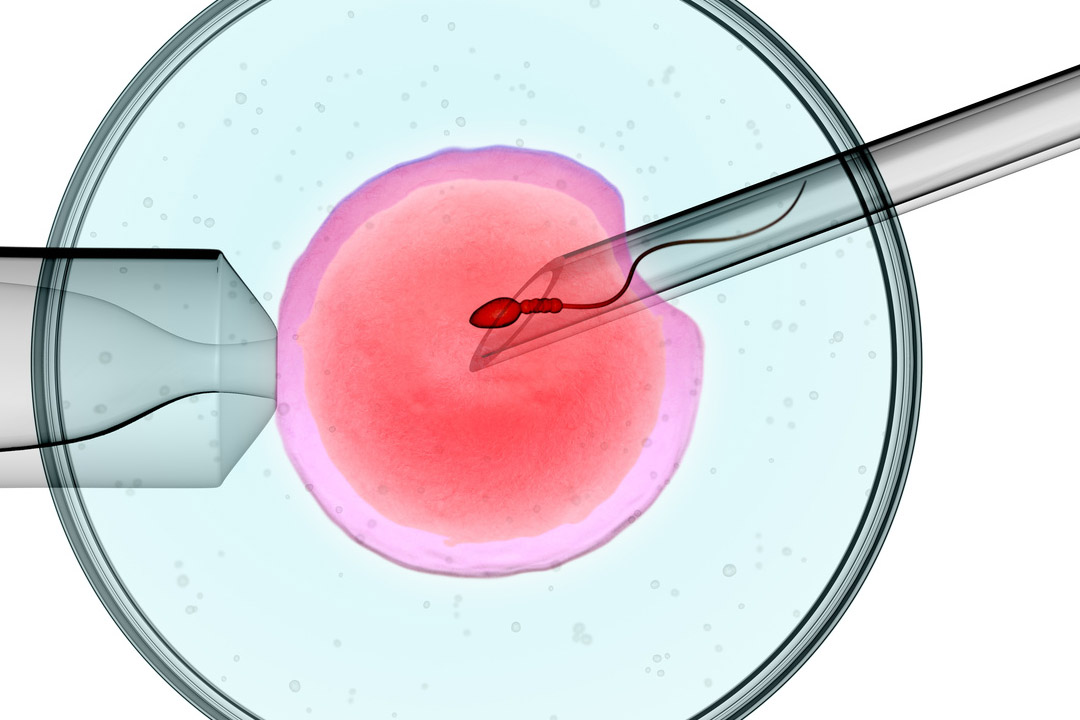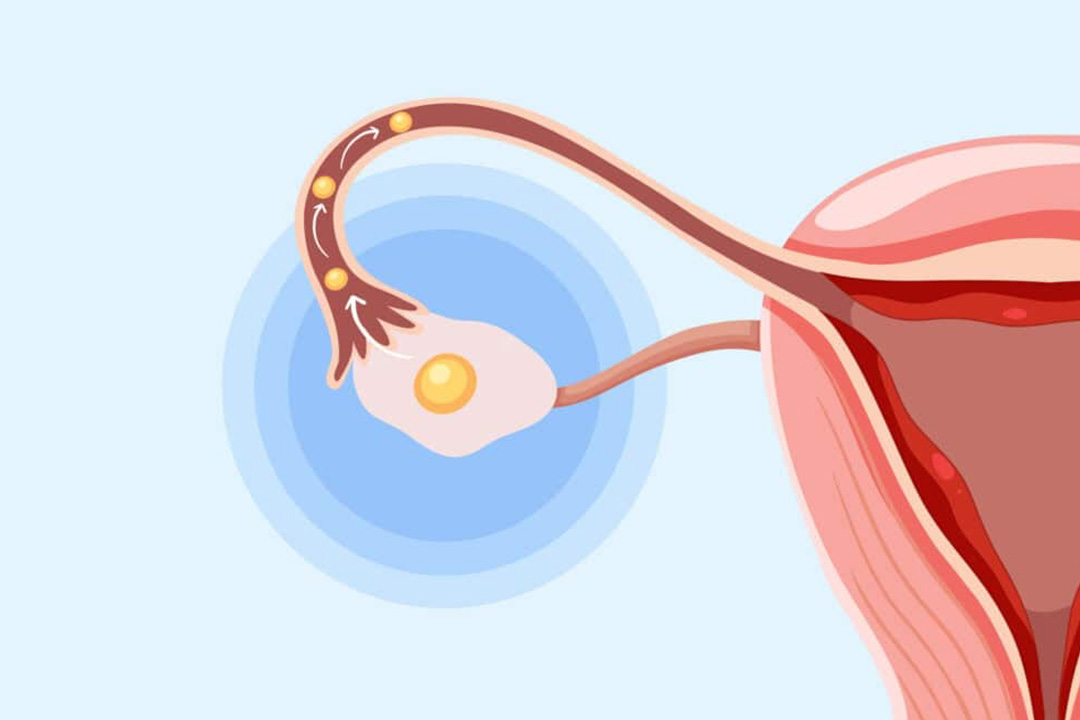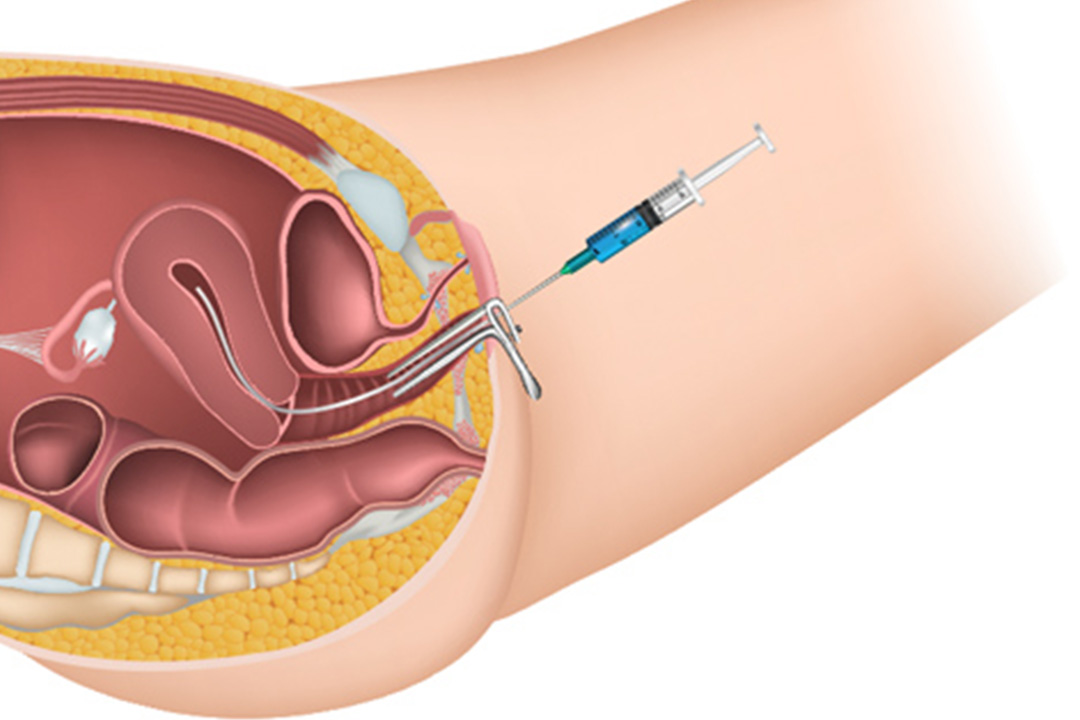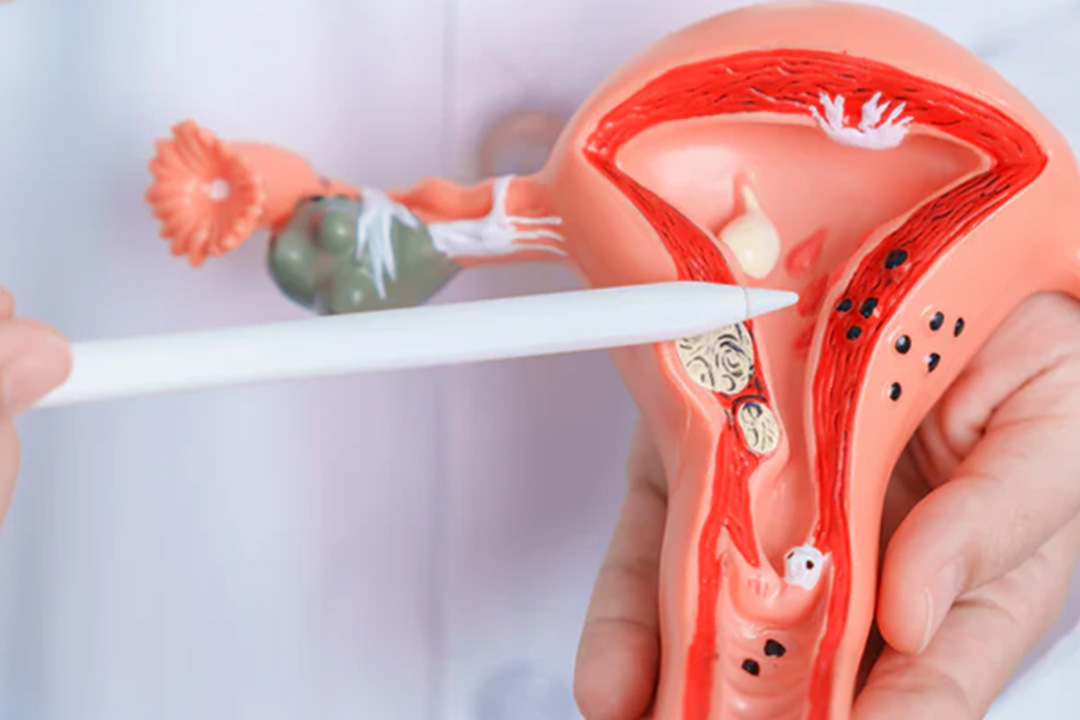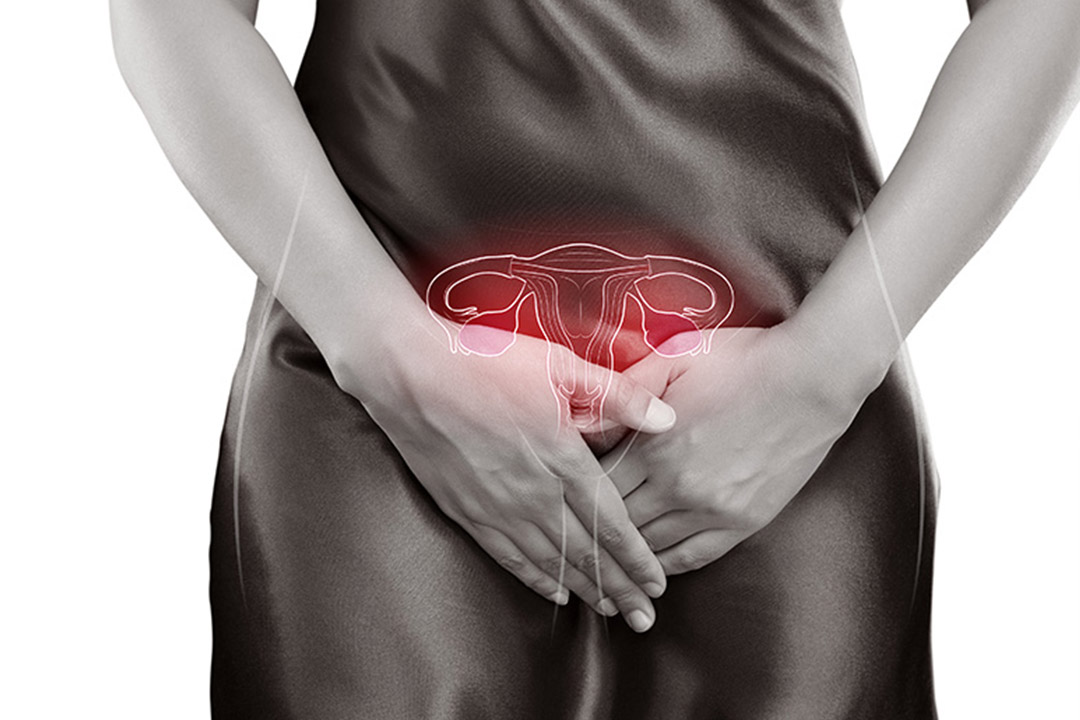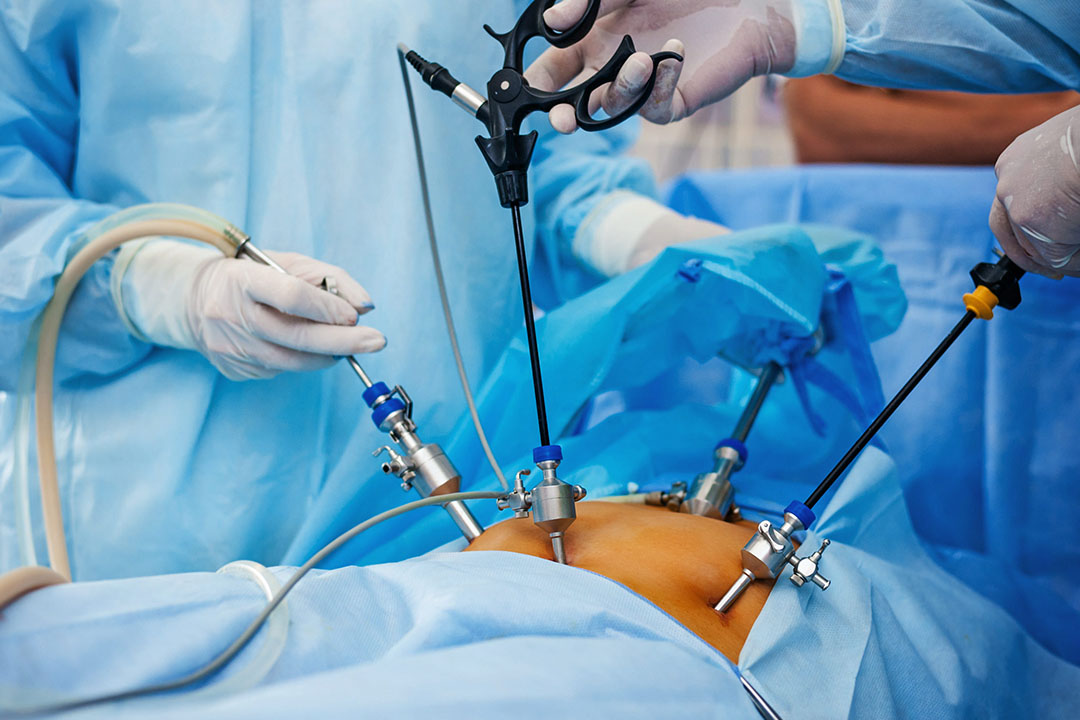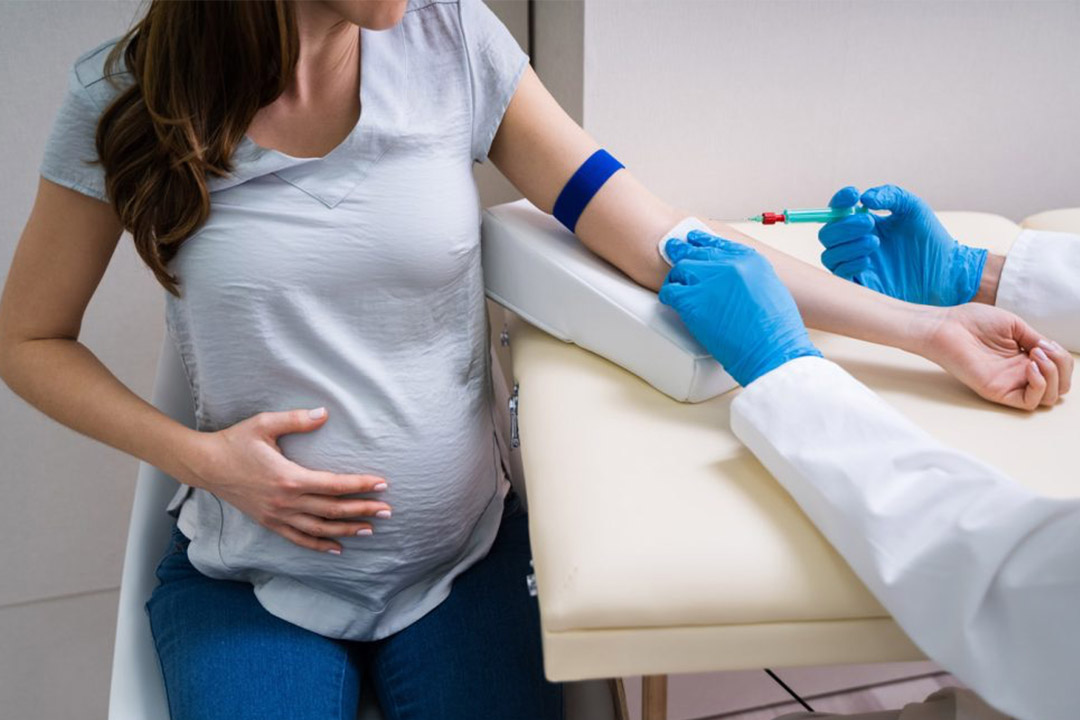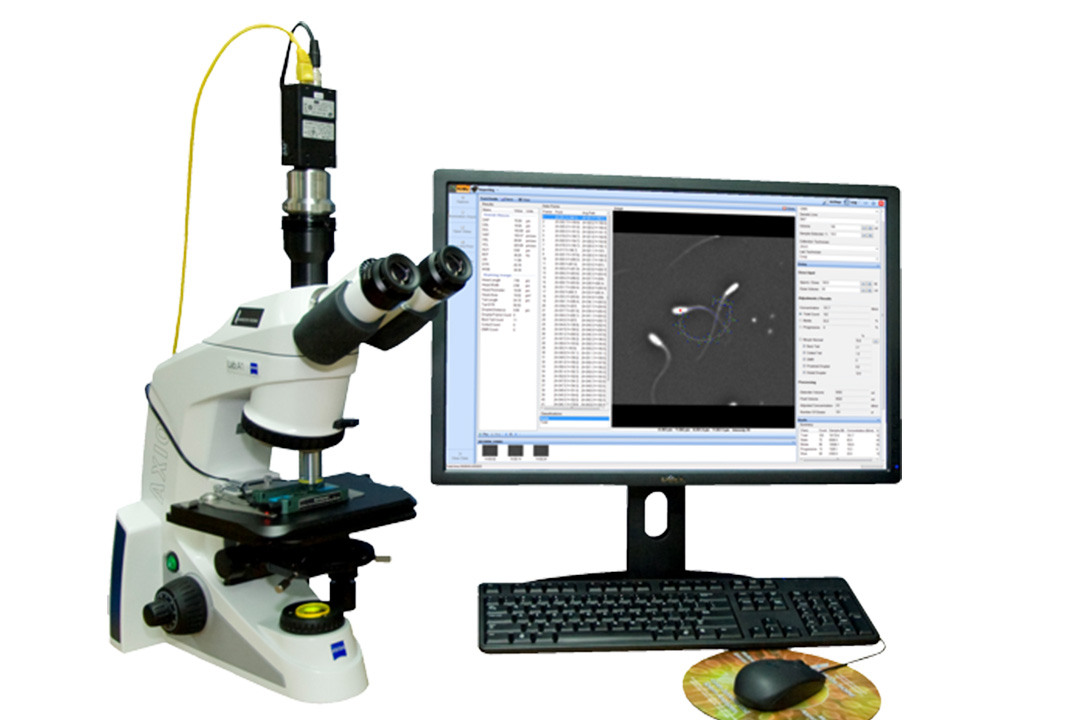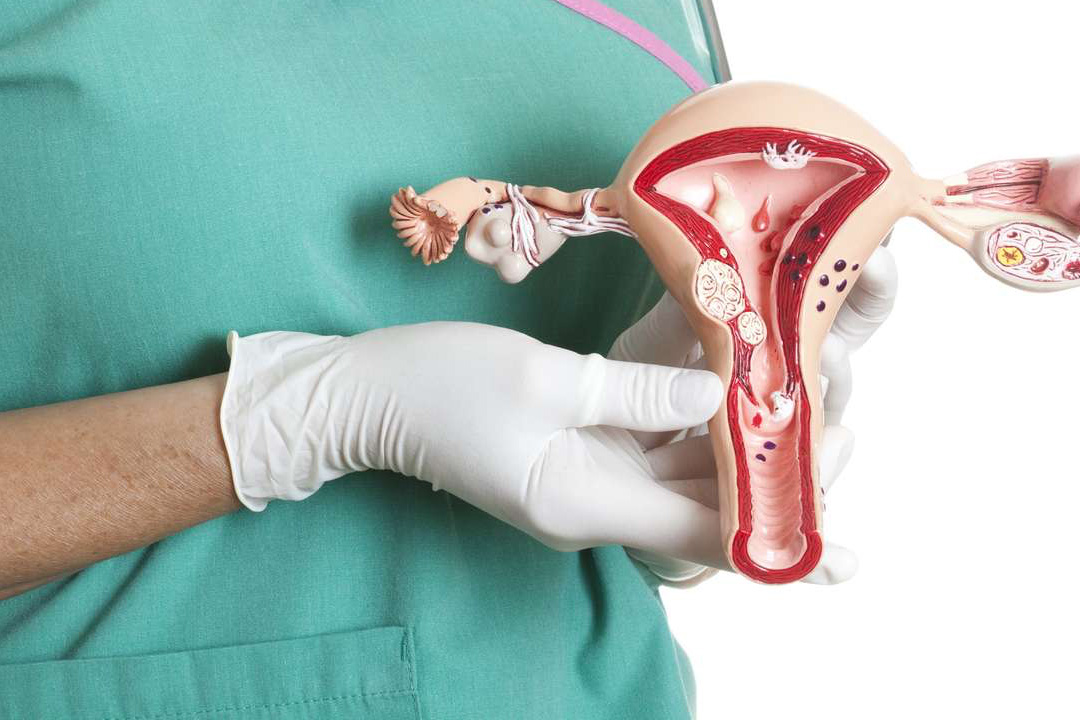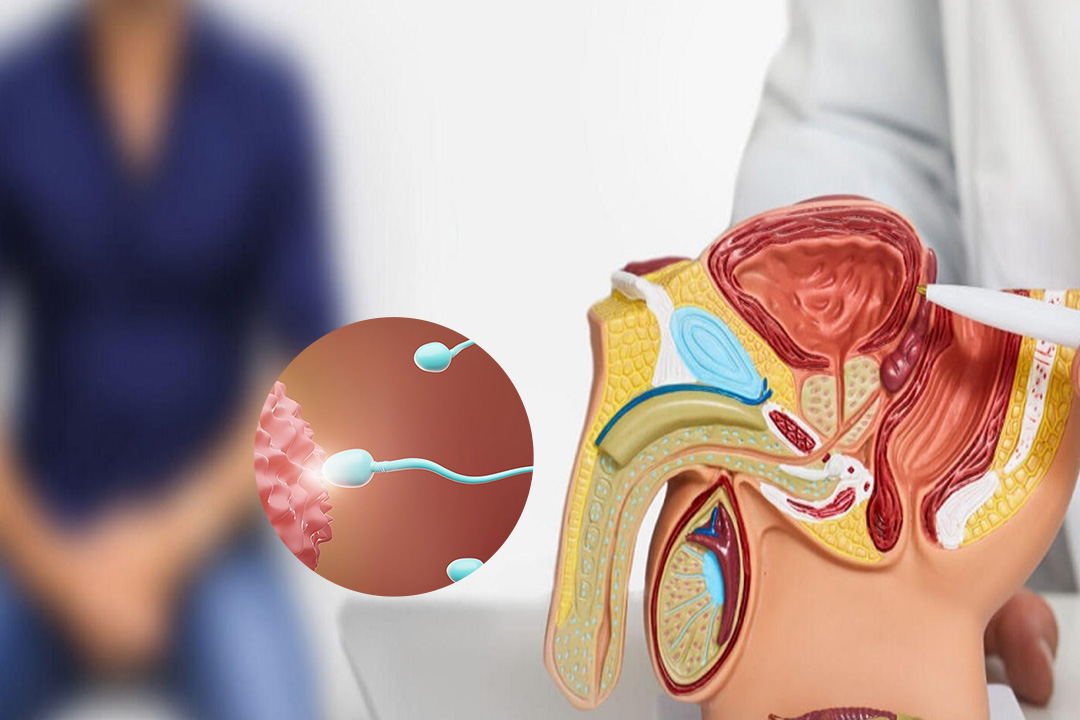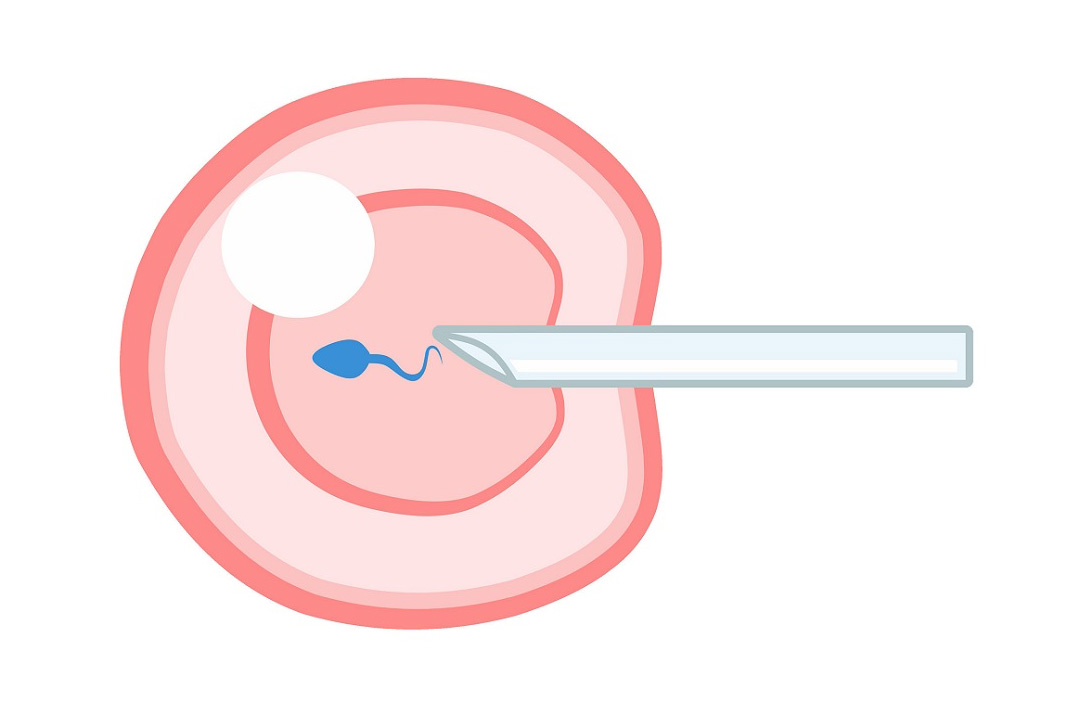What is a Pap Smear Test and How is it Done?
A Pap smear, sometimes called a Pap test, is a simple, yet powerful screening tool that plays a critical role in keeping your reproductive health in check. It’s designed to detect early signs of cervical cancer as well as other cell changes in the cervix, which is the narrow lower part of the uterus that opens into the vagina.
In this article, we’re going to take a friendly, in-depth look at everything you need to know about Pap smears. We’ll cover why the test is so important, how it’s performed, and what you can expect before, during, and after the procedure.
We’ll also offer some tips on preparation, explain how your results are interpreted, and discuss how this test fits into your overall reproductive health care.
What is the Pap Smear Test?
A Pap smear is one of the commonly used methods of cervical cancer screening. Its main purpose is to detect abnormal cervical cells before they have a chance to turn into cancer.
During the test, the doctor will gently collect cells from your cervix using a small brush or spatula. The collected cells are then sent to a laboratory, where they are examined under a microscope to look for any unusual changes.
Cervical cancer typically develops slowly over many years, which is why regular screening is so important. By catching abnormal cells early, doctors can often treat them with minimal intervention. For example, they might recommend medication, follow-up screenings, or minor surgical procedures to remove the cells.
Who Should Get a Pap Smear?
Anyone with a cervix should consider regular Pap smear testing as a fundamental part of their gynecological care. General guidelines suggest that:
- Ages 21 to 29: It is recommended to have your first Pap smear at age 21. Once you begin, you typically need a Pap smear every three years if your results are normal.
- Ages 30 to 65: At this stage, you have the option to either continue with Pap smears every three years or combine them with an HPV test every five years. This combined screening, known as co-testing, provides even more detailed information about your risk.
- Over Age 65: Many women who have a long history of normal Pap smear results may be able to stop testing after age 65. However, if you have specific risk factors or a history of abnormal findings, your doctor might recommend continuing the tests.
How to Prepare for a Pap Smear
Being well-prepared for your Pap smear can help ensure that the test results are as accurate as possible. Here are some friendly tips to help you get ready:
- Try to avoid sexual activity for at least two days before your test because intercourse can temporarily alter the cervical cells.
- Don’t use tampons, vaginal creams, douches, or spermicidal products for at least two days prior to your appointment. These products might interfere with the cell sample.
- It’s best to schedule a Pap smear when you’re not menstruating. If you’re experiencing unexpected bleeding, check with your provider on whether to reschedule.
What Happens During a Pap Smear?
If you’re feeling a bit anxious about the procedure, you’re not alone. Many people feel uneasy about any test involving such a personal part of their body, but a Pap smear is a quick and routine procedure that is usually done in a doctor’s office. Here’s a step-by-step look at what to expect:
Step 1: Getting Ready
When you arrive, you’ll be asked to undress from the waist down and wear a gown or provided drape. You’ll then lie on an exam table with your knees bent, and your feet placed in stirrups—this position helps your provider access your cervix.
Step 2: Insertion of the Speculum
Next, your provider will gently insert a speculum into your vagina. This device is used to keep your vaginal walls open so that the cervix is clearly visible. You might feel a little pressure during this step, but most women describe the sensation as manageable.
Step 3: Collecting Cervical Cells
Once your cervix is in view, your provider will use a small brush or spatula to collect cells from the surface of your cervix. This collection process is quick, usually lasting only a few seconds.
It is not painful, though some women report a brief moment of discomfort or a slight tickling sensation. It is also normal to notice a little spotting or light bleeding afterward.
Step 4: Finishing Up
After the cell sample has been collected, the speculum is removed, and you can get dressed. The entire process generally takes no more than 10 minutes, making it a fast and efficient way to screen for cervical cancer.
The Laboratory Process
Once your sample is collected, it’s sent to a laboratory where trained specialists examine the cells in detail:
Cell Preparation: The collected cervical cells are prepared on a slide or placed in a special liquid medium for further analysis.
Microscopic Examination: A specialist examines the cells under a microscope, looking for any signs of abnormal changes. This includes checking for cell size, shape, and organization—clues that might indicate the presence of cancer or precancerous conditions.
HPV Testing: Sometimes, the cells are also tested for the human papillomavirus (HPV), a common virus that can lead to changes in cervical cells over time. In women aged 30 and older, this HPV test is often done alongside the Pap smear to provide additional information about the risk of cervical cancer.
How to understand Pap Smear Results?
Your Pap smear results will fall into a few general categories, and each result offers important information about your cervical health:
Normal Results
Negative Result: If your test shows only healthy cervical cells, the result is considered normal. In this situation, you won’t need any further testing until your next scheduled screening which is usually three to five years later, depending on your age and screening history.
Abnormal Results
Sometimes, the test might reveal cells that don’t look completely normal. These results can fall into several categories:
- Atypical Cells: The report might indicate “ASC-US” (Atypical Squamous Cells of Undetermined Significance). This means that the cells are not entirely normal but are not definitively cancerous or precancerous. Typically, your doctor may recommend an additional test, such as an HPV test, to clarify the situation.
- Precancerous Changes: If the cells show signs that they are beginning to change in a way that might eventually lead to cancer, this is sometimes referred to as dysplasia or as a squamous intraepithelial lesion (SIL). These changes can be low-grade or high-grade, with high-grade changes requiring more urgent evaluation and, potentially, treatment.
- Suspicion of Cancer: In rarer cases, the test might indicate that the cells look definitely abnormal, which raises the concern for cervical cancer. This will usually lead to further diagnostic tests, such as a colposcopy that gives a closer look at your cervix or even a biopsy to determine the exact nature of the abnormal cells.
The Importance of Regular Pap Smears
Regular cervical screening is one of the most effective ways to prevent cervical cancer. Here’s why staying on schedule with your Pap smears is so important:
Because cervical cancer develops slowly, regular screenings give doctors the chance to catch abnormal cell changes well before they evolve into cancer. Early detection means treatment is more effective.
When changes are detected early, treatments such as cryotherapy (freezing abnormal cells) or LEEP (removing abnormal tissue with a laser loop) can often correct the problem before it becomes more serious.
Common Concerns and Misconceptions
There are many questions that come to mind when you first hear about Pap smears. Let’s address a few of the most common concerns:
What If I Am a Virgin?
Pap smears are recommended for anyone with a cervix, regardless of sexual history. The procedure may feel a bit different if you haven’t been sexually active, but it’s just as important for monitoring your cervical health.
Can the Test Detect Other Conditions?
Although the primary goal of a Pap smear is to screen for cervical cancer, sometimes the test can also help detect other infections or conditions affecting the cervix. However, tests for sexually transmitted infections (STIs) are usually done separately.
The Role of HPV in Cervical Health
Human papillomavirus (HPV) is a major factor behind the development of cervical cancer. In fact, most cases of cervical cancer are linked to high-risk strains of HPV. Often, for women aged 30 and above, a Pap smear is performed together with an HPV test—this is known as co-testing.
Conclusion
A Pap smear is a straightforward but essential test that plays a key role in preventing cervical cancer and supporting your overall reproductive health.
By collecting cells from the cervix and examining them under a microscope, healthcare providers can identify early signs of abnormal changes—allowing for prompt treatment before any serious problems develop.
The test is quick, generally comfortable, and offers peace of mind by ensuring that you’re keeping a close eye on your cervical health.
For those considering fertility treatments like IVF, maintaining optimal cervical and reproductive health is crucial, as early detection of abnormalities can help avoid complications and support a successful fertility journey.
About Us
AKsigen IVF is a premier center for advanced fertility treatments, with renowned fertility experts on our team. Specializing in IVF, ICSI, egg freezing, and other cutting-edge reproductive technologies, AKsigen IVF is committed to helping couples achieve their dream of parenthood. With personalized care and a patient-first approach, AKsigen IVF provides comprehensive fertility solutions under one roof.





